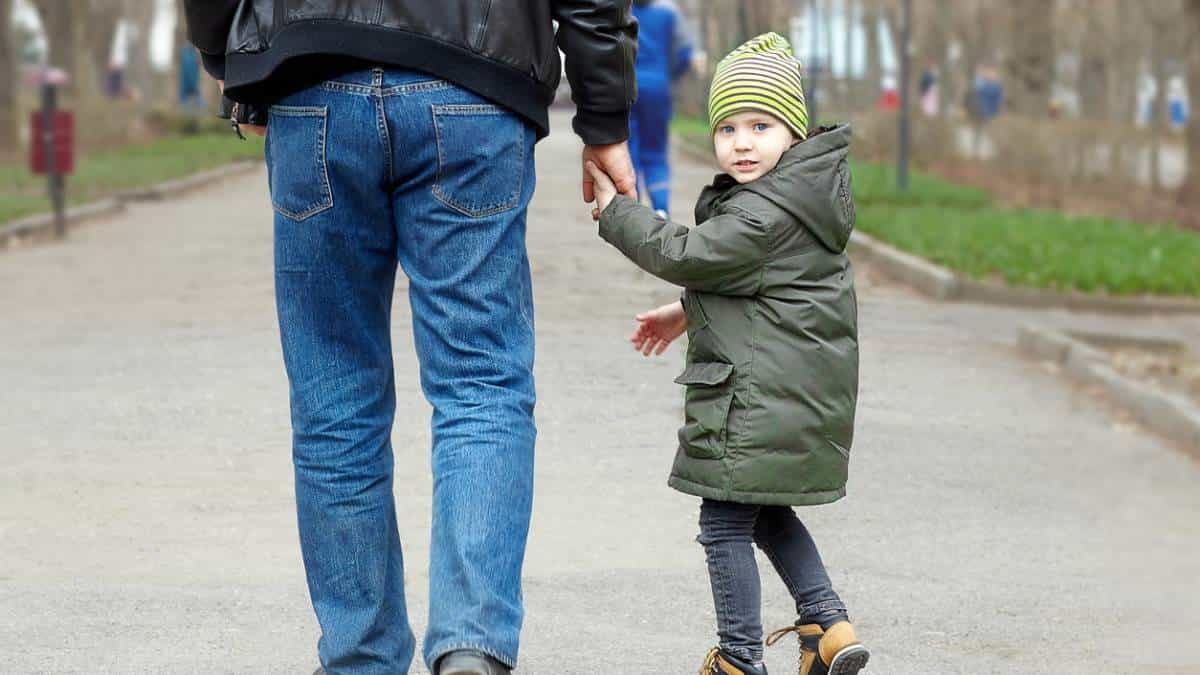Show table of content Hide table of content
In an extraordinary tale of hope and persistence, a family’s decades-long search finally ended when DNA technology reunited them with a loved one who vanished 73 years ago. Luis Armando Albino was just six years old when he disappeared from an Oakland park in 1951, leaving his family in anguish for generations.
The heartbreaking kidnapping that tore a family apart
On February 21, 1951, a seemingly ordinary day turned tragic when six-year-old Luis Armando Albino was playing with his older brother in an Oakland, California park. The Puerto Rican boy, who couldn’t speak English yet, was approached by a Spanish-speaking woman who lured him away with promises of candy.
Luis trusted the stranger and followed her, a decision that would separate him from his loving family for over seven decades. His disappearance left his mother devastated but determined. For years, she regularly visited the police station seeking updates on her missing son, maintaining an unwavering belief that Luis was still alive somewhere.
Family Connecticut woman keeps stepson captive for 20 years, he escapes by starting a fire.
The pain of child abduction ripples through generations, affecting countless families worldwide. Just last month, a woman who was taken from her family at birth experienced an emotional reunion with her biological mother after 40 years, demonstrating how these wounds never fully heal.
After being kidnapped, Luis was reportedly transported to the East Coast of the United States and placed with a family who raised him as their own child. Meanwhile, his biological mother continued her search until her death in 2005 at 92 years old, never knowing what happened to her beloved son.
A niece’s determination leads to an incredible discovery
Luis’s niece, Alida Arlequin, grew up hearing stories about her missing uncle. “She always felt he was alive. The entire family never stopped thinking about him. I always knew I had an uncle. We talked about him a lot,” Alida explained, describing how her grandmother’s hope had been passed down through generations.
In 2020, Alida decided to take a DNA test, curious about her family heritage. The results showed something remarkable—a 22% match with an unidentifiable man who couldn’t be contacted. This genetic connection sparked hope but led nowhere initially, as reaching the potential match proved impossible.
Family bonds remain one of life’s most powerful forces, motivating people to overcome seemingly impossible obstacles. Some families face different challenges, like couples struggling with infertility who suddenly welcome multiple children after years of waiting.
Four years later, while watching a documentary about Puerto Rico, Alida felt inspired to resume her search. Working with her daughters, she scoured the internet until they found photographs of the man who matched her DNA. Looking at his features, Alida became convinced this was her long-lost uncle Luis.
This discovery prompted immediate action. Alida contacted the police, who opened an investigation and ordered a second DNA test to compare results between her and the man. On June 20, 2024, the verdict arrived, confirming what Alida had suspected—they had indeed found Luis Armando Albino, 73 years after his abduction.
The emotional reunion after seven decades apart
Four days after the DNA confirmation, Luis arrived in Oakland for an emotional reunion with the family he had lost so many years before. Now a retired firefighter, Luis met his older brother—the same brother he had been playing with on that fateful day in 1951. Though Luis chose not to share details about his kidnapping, he acknowledged remembering the event.
The reunion was filled with bittersweet emotions. Luis’s mother had passed away nearly two decades earlier, never knowing her son’s fate. Yet her persistent belief that he was alive somewhere had proven true. The meeting between Luis and his biological family represented the culmination of a multi-generational search.
Family reunions often create powerful emotional moments. Just as previously unwanted pets find joy in their first holiday with loving families, humans too experience profound feelings when reconnecting with loved ones.
“He hugged me and said ‘thank you for finding me.’ Then he kissed me on the cheek,” Alida shared, describing the touching moment when she met her uncle for the first time. Despite the decades that had passed, the family connection remained strong.
Luis expressed happiness at finding his biological family, though the circumstances surrounding his upbringing remain private. His successful career as a firefighter suggests he led a meaningful life despite the traumatic beginning. Unlike tragic cases where children suffer abuse in adoptive homes, Luis appears to have been raised in a supportive environment.
Family This Texan mom of a supersized family is expecting her 20th child!
The power of DNA testing in resolving decades-old mysteries
This remarkable reunion highlights how modern DNA technology has revolutionized the search for missing persons. Before such advances, families had limited resources when trying to locate loved ones who disappeared. Today, genetic testing databases have helped solve countless cold cases and reunited families separated by tragedy.
The Albino family’s story offers hope to others still searching for missing relatives. While many children who experience traumatic events like surviving dangerous accidents have families to support them, kidnapped children often lose their identities and connections.
DNA testing companies now maintain vast databases that continue growing as more people submit samples. These collections create possibilities for matches that would have been unimaginable decades ago. The persistence of families like the Albinos, combined with technological advancement, creates opportunities for resolution even after most would have given up hope.
Luis’s story reminds us that family bonds transcend time and distance. Much like how unexpected encounters can create memorable moments, the Albino family’s reunion after 73 years demonstrates that sometimes, miracles simply require patience, persistence, and the right technology to become reality.


